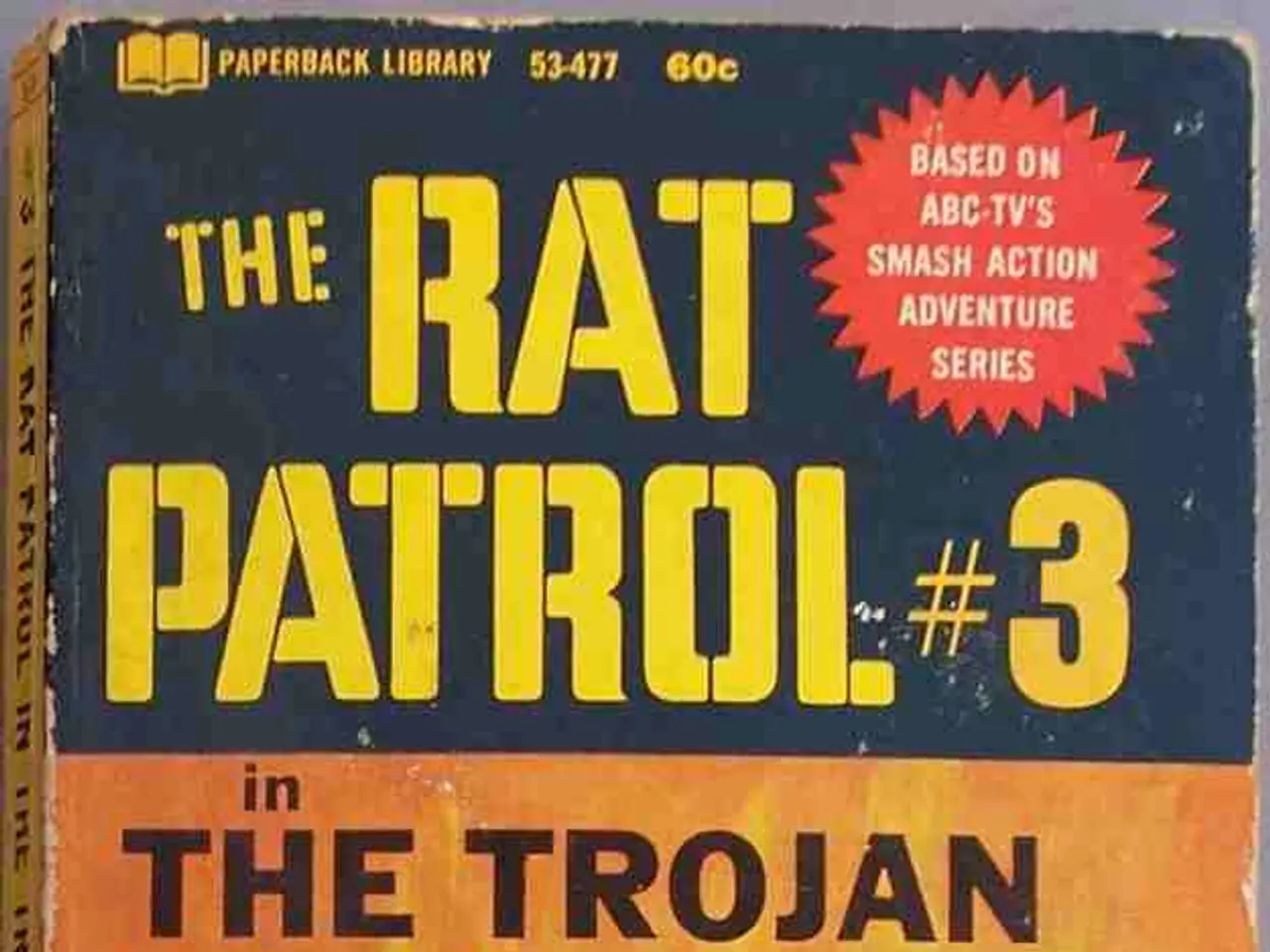Unveiling Nazi Secrets Sparked a Crippling Ethical Crisis, Paving the Way for Oppenheimer's Atomic Bomb Creation
In early 1939, a groundbreaking discovery was made by British physicists Otto Frisch and Rudolf Peierls. They found that bombarding uranium atoms with neutrons could cause them to split, releasing a colossal amount of energy equivalent to a thousand tonnes of dynamite[1]. This startling revelation marked the beginning of the race for nuclear weapons.
However, Germany, Japan, and Italy did not make the same conceptual leap as Frisch and Peierls[2]. The uncertainty about whether the enemies of the Allies also possessed this terrible power meant they were faced with an unenviable dilemma: what if we don't act, but they do?
In response to this finding, the British government launched a secret atomic program called Tube Alloys in 1940[4]. The program was driven by the Frisch-Peierls Memorandum, a document written by Frisch and Peierls at the University of Birmingham, which described a practical atomic bomb small enough to be used as a weapon[2][3][5].
By September 1940, Winston Churchill sought deeper scientific and military cooperation with the United States, sending a delegation of British scientists with technical briefings, including key data on uranium enrichment[6]. In 1943, British physicists, including Rudolf Peierls, relocated to the US to help build enrichment plants at Oak Ridge, Tennessee[6].
The US remained neutral until the Japanese attack on Pearl Harbor on 7 December 1941, which prompted it to enter World War 2 the following day[7]. At the 1943 Quebec Conference, Churchill and Franklin Roosevelt signed the Quebec Agreement, merging the British Tube Alloys program with the American Manhattan Project[5][3]. This agreement established joint policy bodies to coordinate research efforts and stipulated joint use of the weapons[5][3].
British scientists and engineers, including key figures such as Otto Frisch, Rudolf Peierls, William Penney, James Chadwick, and others, participated directly in the Manhattan Project. They worked at major sites including Los Alamos, New Mexico, and contributed expertise in areas like gaseous diffusion and electromagnetic separation used for uranium enrichment[5][3].
The British mission to Los Alamos was led by Chadwick and later Peierls, ensuring expansive and wholehearted British scientific collaboration. William Penney, a veteran of the Manhattan Project, later supervised the UK’s own atomic weapons program postwar at Aldermaston[5][3].
The Trinity test, a prototype of the plutonium bomb, was conducted in New Mexico on 16 July 1945, marking the beginning of the atomic age[8]. Two bombs, Little Boy (uranium) and Fat Man (plutonium), were dropped on Hiroshima and Nagasaki, respectively, a few weeks later, leading to Japan's surrender and the end of World War 2[9].
In summary, Britain's role progressed from pioneering early theoretical and experimental work on nuclear fission and bomb design, to becoming a key partner in the Manhattan Project through formal agreements and the integration of British scientists into the US effort, which culminated in the development and use of the first atomic bombs in 1945[3][5][2]. The British scientists, led by figures such as Frisch, Peierls, Chadwick, and Penney, played a crucial role in this historic event.
- The discovery made by Otto Frisch and Rudolf Peierls in the field of science, involving the potential for uranium atom splitting with neutrons, expanded into the realms of medical-conditions, finance, and general-news as the race for nuclear weapons unfolded.
- In response to this revelation, Britain's education-and-self-development sector took a significant leap with the inception of a secret atomic program called Tube Alloys in 1940, driven by the Frisch-Peierls Memorandum.
- As the United States entered World War 2 after the Japanese attack on Pearl Harbor, the spheres of technology, entertainment, and sports intertwined with the push to harness nuclear power when Britain joined the American Manhattan Project at the 1943 Quebec Conference.
- The collaboration between British and American scientists during the Manhattan Project impacted the future of science, space-and-astronomy, and lifestyle by paving the way for the development of atomic bombs, ultimately leading to the end of World War 2.
- The legacy of Otto Frisch, Rudolf Peierls, William Penney, James Chadwick, and other British scientists in the Manhattan Project continues to outlive the war, with their contributions shaping the landscape of technology, education, general-news, and even sports through the establishment of atomic weapons programs and advancements in various scientific fields.




